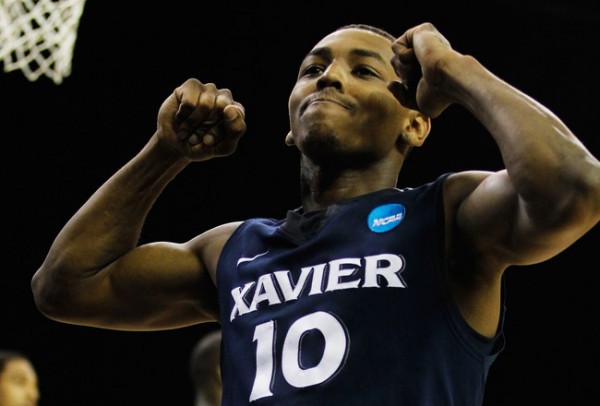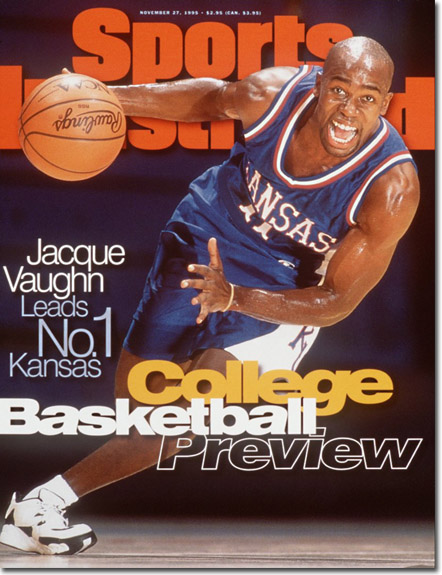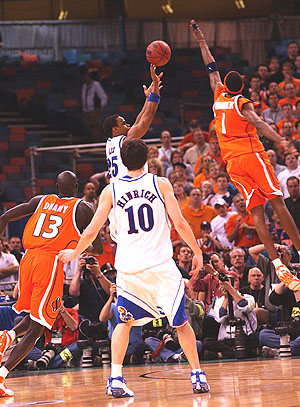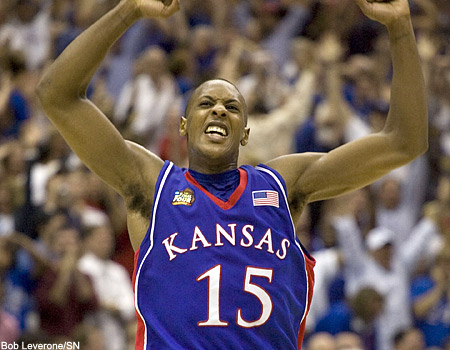Pac-12 Basketball Fantasy League Voting: Semifinal #2
Posted by Connor Pelton on July 26th, 2012Our last semifinal pits two seed Adam Butler (Pachoops) up against the fourth seed, Connor Pelton. Below are the rosters, followed by commentary from the respective owner:
Adam Butler
- Head Coach – Ralph Miller, Oregon State
- Guard – Damon Stoudamire, Arizona
- Guard – Mike Bibby, Arizona
- Guard – Michael Dickerson, Arizona
- Guard – Salim Stoudamire, Arizona
- Forward – Sean Elliott, Arizona
- Forward – Ed O’Bannon, UCLA
- Forward – Shareef Abdur-Rahim, California
- Forward – Chris Mills, Arizona
- Center – Todd MacCulloch, Washington
- Center – Bison Dele, Arizona
Adam’s Take:
Oh, pardon me! I was still chuckling at Connor’s lineup. Allow me to explain.
Indeed, a team centered by Steve Johnson is a formidable one. Anyone who shoots 75% from the floor for a season must be taken seriously. Conversely, anyone who looks like Sideshow Bob should not. That’s Robin Lopez. Besides, Todd MacCulloch just set the high score on The Simpsons: Pinball in Springfield at six different Canadian bars, and somewhere a piece of Lopez dies.
Moving our way out of the deep frontcourt we can look at the forwards on Team Pelton. I’m inclined to dismiss Jon Brockman because hustle only counts in real basketball. In fantasy drafts, hustle is just cute. Which is why I suppose Klay Thompson gets a fantasy nod because numbers count in fantasy ball and softness is cute. Please, Chris Mills just sneezed to block a Thompson jumper. I of course have love for Richard Jefferson, but if you’re a forward from Arizona and your name isn’t Elliott, you’re still not going to win this one. The fourth opposing forward’s name is Kiki, in which I rest my case.
Guard play, as you noticed, is Team PacHoops’ strength and not Team Pelton’s. Sure, there’s some talent, but no rings. I thought college hoops was all about solid guard play. You’re telling me none of these guys could garner one championship? Wait, wait, between these four guards they mustered at best a Sweet Sixteen? Woof (not for you, IT). Reggie and Chauncey appeared in the NCAA Tournament just once each? Does Spike Lee know this? None of that sounds fun. Fun sounds more like never missing an NCAA Tournament and winning it all. That’s who I like on my team. Got ‘em.
At the helm, Ralph Miller Court sits inside of Gill Coliseum. I can give that and I’ll be the first to admit that it’s indisputably the most badass possible thing to have a coliseum with your name on it. But look, I know you saw Batman Begins and if you didn’t, well, you’re missing out. Point being, Bruce Wayne didn’t just become Batman. He needed mentorship to become the fearless defender of Gotham he would become. Enter Ra’s Al Ghul, the sensei who salvages Wayne from a Chinese prison. Protégé, meet mentor. But the relationship goes sour and the two part ways; Wayne to his seemingly playboy life, Al Ghul to what appeared to be his death (theme?). Alas, the end of the film gives us Al Ghul’s villainous return to Gotham and Batman’s heroic and final takedown of the mentor. In the ultimate flipping of the script, Al Ghul and all his wisdom and skill is no match for the noble monster he created.
So, what the hell am I getting at? I’m saying that if the greatest hero (or certainly superhero trilogy) of our time could defeat his mentor, so too can Ralph Miller and defeat his Oregon State predecessor, Slats Gill. Miller won more games and was twice National Coach of the Year. Goodness I love me some Ws.
Have I made a stretch here? Perhaps. But you also just got to read college hoops and Batman so you’re welcome. Vote PacHoops.




















































